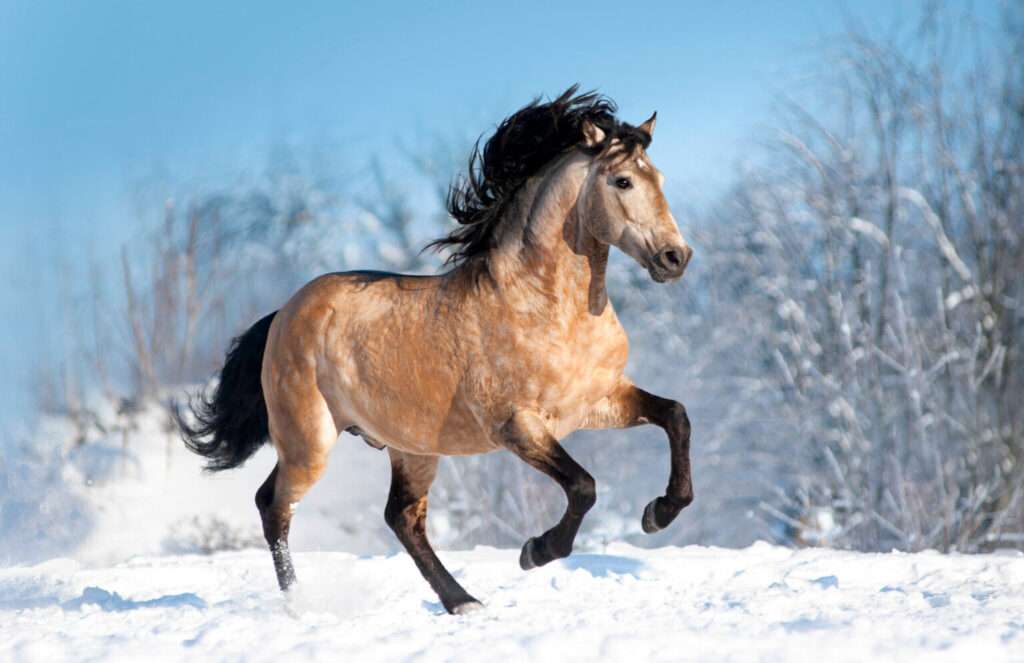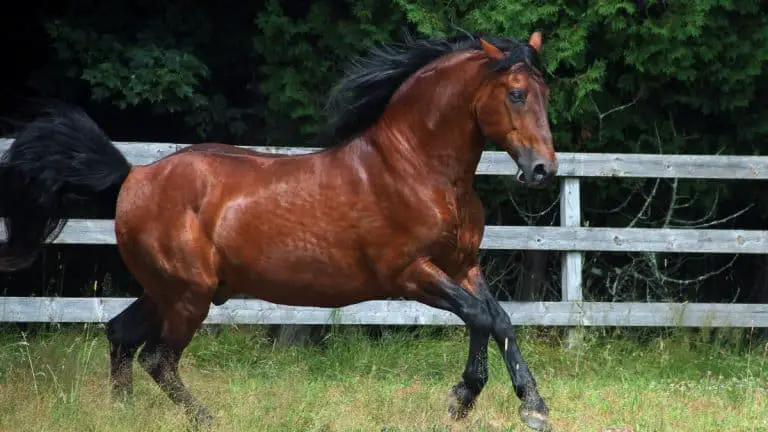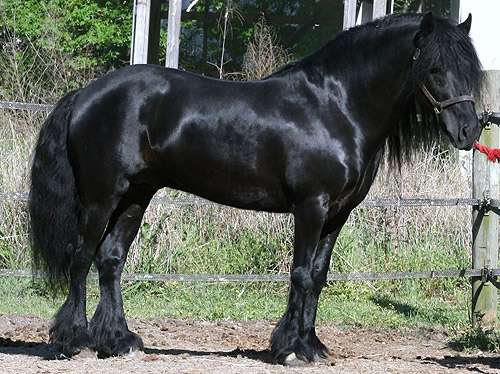
Size
1.52 – 1.56 meters.
Color
Lusitanos can be any solid color, such as black, buckskin, or palomino, although they are typically gray, bay, or chestnut.
Physical Attributes
Breed members have well-proportioned heads that are slender but have a convex appearance. The thick, arched necks give way to powerful, sloping shoulders, a deep, broad chest, and well-defined withers. The horses have low-set tails and short, powerful backs with rounded, slanted croups. The legs are powerful and well-built.
Characteristics and Genetics
A Portuguese horse breed called the Lusitano is also referred to as a Pure Blood Lusitano or PSL (Puro Sangue Lusitano). As early as 20,000 BC, horses were known to exist on the Iberian Peninsula, and by 800 BC, the area was well-known for its military horses. The Romans credited the impact of the West wind, which was thought to be capable of fertilizing the mares, for the fame of the horses from Lusitania, attributing their swiftness. The Arabian horses that the Muslims imported into Iberia in 711 AD were crossed with the local horses, creating a horse that was suitable for war, dressage, and bullfighting. The name Lusitano was given to the Portuguese horse in honor of Lusitania, the old Roman name for the area that is now Portugal. There are currently four primary breed lineages within the breed, and each line exhibits slightly different traits.
When compared to the Barb horse of North Africa, mitochondrial DNA studies of the closely related modern Andalusian horse provide strong proof that Barbs and Iberian horses crossed the Strait of Gibraltar in opposite directions, interbred with one another, and consequently each had an impact on the other’s maternal bloodlines. Ruy d’Andrade, a Portuguese historian, proposed that the ancient Sorraia breed was an ancestor of the Southern Iberian breeds, such as the Lusitano, but genetic research using mitochondrial DNA reveals that the Sorraia is a member of a genetic cluster that is largely distinct from most Iberian breeds.
What Is Their Lifespan?
It is a very old horse, the Lusitano. It is a sturdy horse with a lengthy lifespan. The horse can live for its entire life, which is between 25 and 30 years. Due to this, horses are among the breeds with the longest lifespans.
Running Speed
A Lusitano horse’s top speed has been measured at 55 mph. However, the typical speed is 35 mph or such. The Lusitano is ideal for dressage and other equestrian sports because it is quick and agile.
As Pet

What Does A Lusitano Horse Eat?
A Lusitano horse’s main sources of nutrition are hay and grain. To make sure they are getting all the nutrition they need, they also need a vitamin and mineral supplement. Because of this breed’s propensity for colic, it’s crucial to ensure a balanced diet free of excessive sweets.
The ease with which a Lusitano horse can be maintained is one of its advantages.
Horse activities and training
In Portugal, lusitanos are still employed in bullfights, and their incredible strength, agility, and graceful gaits make them excellent dressage horses as well. The Lusitano is one of the few breeds that can correctly execute the Haute Ecole dressage movements, along with the Andalusian and the Lipizzaner. It also makes a lovely carriage horse.
Typical Health Issues
Lusitanos typically have melanomas because the majority of them are grey. Due to the lack of skin pigmentation in light-colored horses, melanomas are a problem. Keep a watch out for lumps in these locations as they often develop where the hair is sparse, such as on the muzzle and around the tail.
Table





